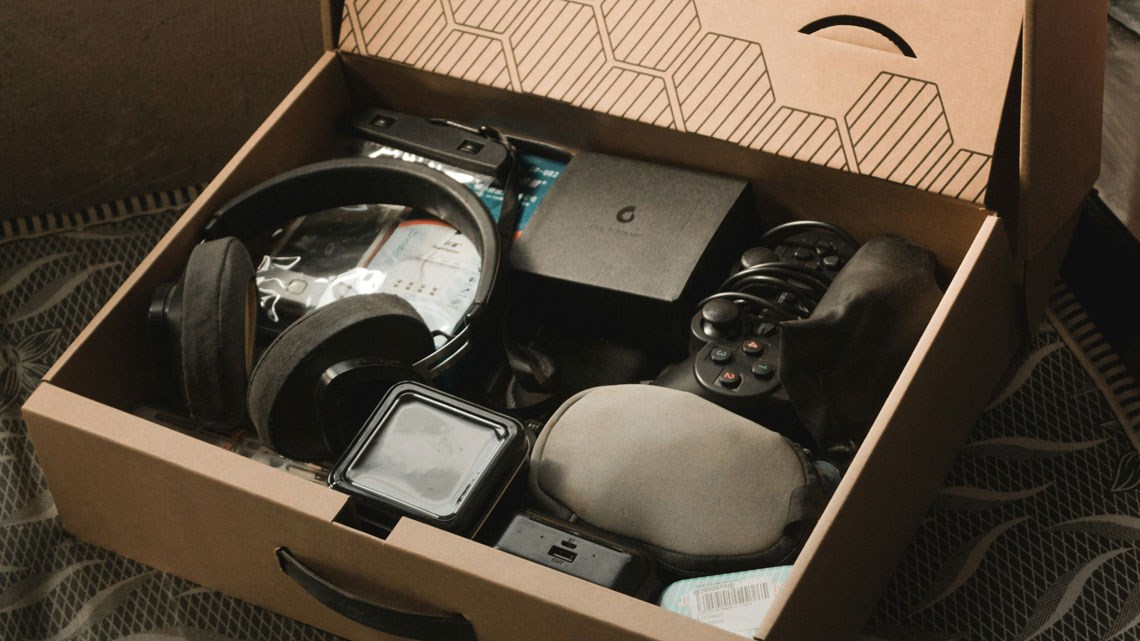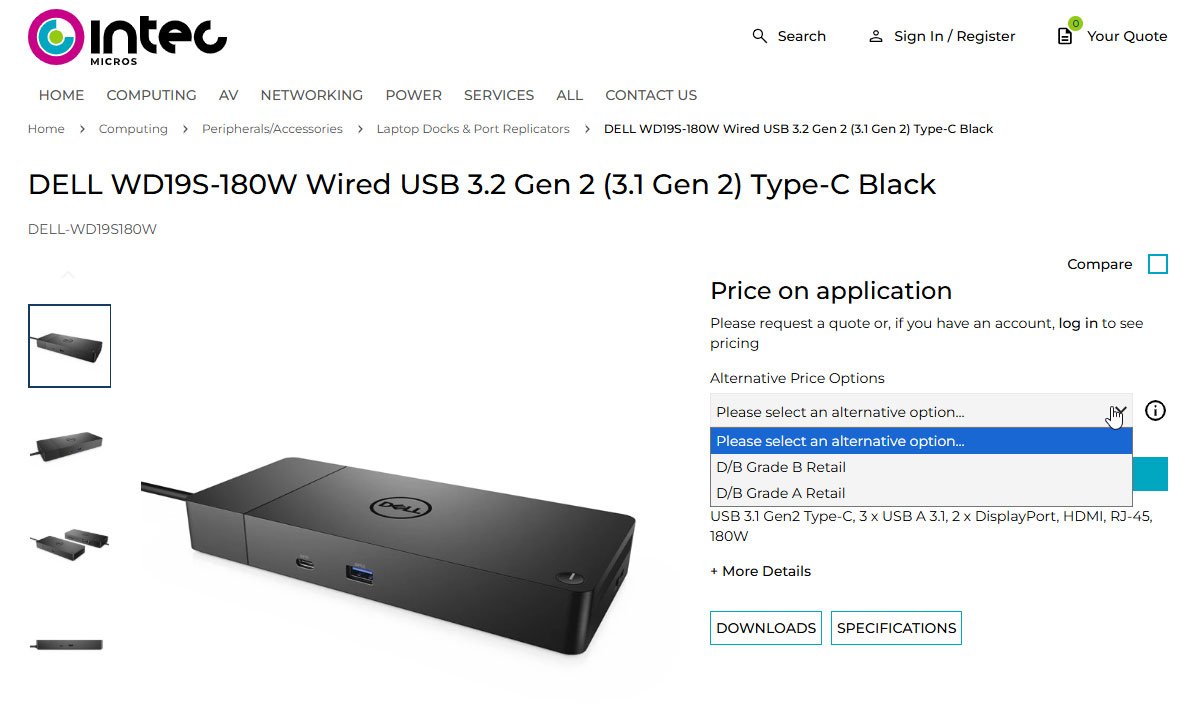
The Rise of Recommerce in B2B Ecommerce
Recommerce has become a significant force in online retail, with platforms like Vinted, Gumtree and pioneers such as eBay and Etsy driving substantial growth. In today’s landscape - where sustainability, cost efficiency and supply chain resilience are critical - recommerce, which involves the resale of second-hand, refurbished, open-box or cosmetically imperfect products, has moved beyond a consumer trend. It is now emerging as a strategic advantage for B2B businesses as well.
At Red Technology, we have seen a growing number of our clients embrace recommerce to unlock new revenue streams, reduce waste and meet the evolving expectations of their customers. With the flexibility of our tradeit ecommerce platform, they are able to do it with confidence.
Why Recommerce Is Gaining Momentum
Recommerce is being driven by a perfect storm of factors:
- Sustainability goals: Businesses are under pressure to reduce waste and carbon footprints.
- Economic pressures: Customers are increasingly price-sensitive, especially in sectors such as IT, education and public procurement.
- Inventory challenges: Global supply chain disruptions have made refurbished and open-box stock more attractive and often essential.
For B2B sellers, this is a huge opportunity - but only if their ecommerce platform can handle the complexity.
The Challenges of Selling Non-New Products Online
Selling refurbished or imperfect goods is not as simple as listing them with a discount. It requires:
- Clear product differentiation: Customers need to understand what they’re buying and why it’s priced differently.
- Accurate inventory tracking: Many recommerce SKUs are one-offs or limited in quantity.
- Smart merchandising: You need to surface these products without cannibalising new product sales.
- Flexible enrichment: Especially when products don’t exist in standard data feeds like Icecat.
How tradeit Supports Recommerce - Natively
The tradeit ecommerce platform is uniquely equipped to support recommerce strategies, thanks to its flexibility and B2B-first architecture.
Condition-Based Product Variants
Using suffixes (e.g. -OB for open box, -BLM for blemished), sellers can create distinct SKUs for each condition. These are linked to the main product via the Alternative Price Options relationship type, allowing customers to compare conditions side by side on the product detail page.
Smart Variations
tradeit dynamically displays available conditions as selectable options on the product detail page, complete with pricing, stock levels and condition descriptions - reducing confusion and improving conversion.
Bundling & Add-Ons
If you need to upsell a warranty or compatible accessory with a refurbished item, tradeit supports bundled products and add-ons that are styled and grouped clearly in the basket, even when quantities vary. If a compatible accessory is available, it will be displayed automatically in the “view related products” section. If none are available or they are out of stock, they will not be shown.
Custom Enrichment for Modified SKUs
For clients such as leading IT hardware distributor Intec Microsystems, who sell custom variants (e.g. laptops with upgraded RAM), tradeit allows enrichment via Icecat using the parent part number, then disables live updates to preserve the custom content of any variants.

Example of product variants by condition.
UX Best Practices for Recommerce
To make recommerce work, the user experience must be crystal clear. We recommend:
To make recommerce work, the user experience must be crystal clear. Here are a few best practices we recommend:
- Use badges or labels (e.g. “Refurbished”, “Open Box”) on product listings
- Include tooltips or expandable info to explain condition grades
- Allow filtering by condition—but avoid overwhelming users with too many facets
- Highlight value—show the original price and savings to reinforce the deal.
Operational Considerations
Behind the scenes, recommerce requires tight operational control:
- ERP integration to track condition-based inventory
- Returns workflows for restocking and regrading
- Collection options for customers picking up refurbished goods in person
To make recommerce work, the user experience must be crystal clear. Here are a few best practices we recommend:
Recommerce Isn’t Just a Trend—It’s a Competitive Advantage
In today’s market, offering refurbished, open box, or blemished goods isn’t just a nice-to-have—it’s a way to:
- Serve more price-sensitive customers
- Reduce waste and improve sustainability metrics
- Monetise returns and excess stock
- Differentiate your brand in a crowded market
With tradeit, you don’t need to compromise on complexity, clarity, or control:
Ready to Power Your Recommerce Strategy?
Whether you are just starting out or looking to scale your existing operations, we can help. Get in touch to see how tradeit can support your recommerce ambitions - without the operational burden.
